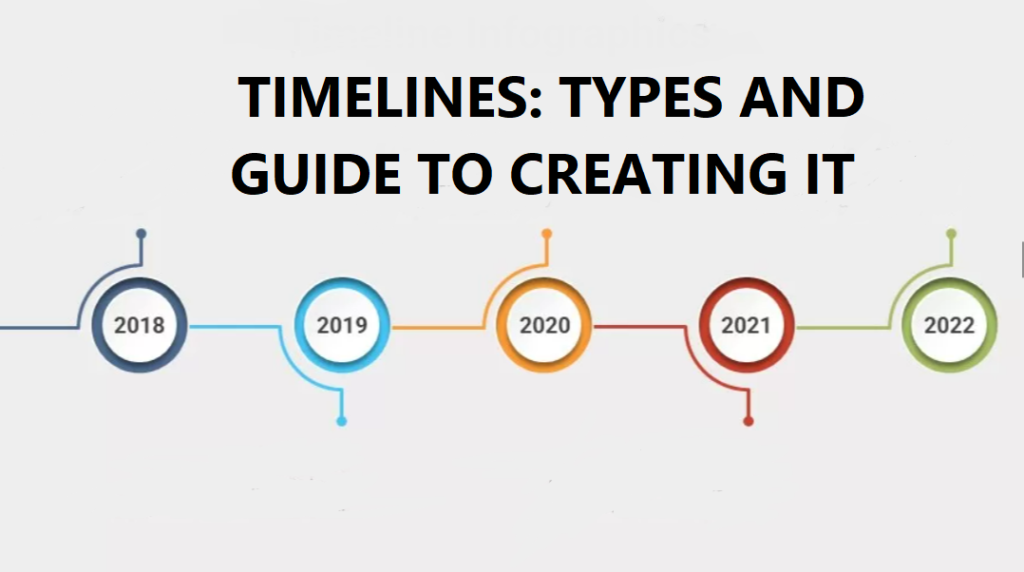In the world of eCommerce, effective and scalable communication between various systems and components is critical for smooth operations and improved client experiences. A message-driven system enables asynchronous and decoupled communication, which improves scalability, fault tolerance, and flexibility. NATS Messaging and Kafka are two major message-driven technologies used in eCommerce. In this post, we’ll look at the value of message-driven systems in eCommerce and compare the features and capabilities of NATS Messaging with Kafka.
Understanding eCommerce Message-Driven Systems
To fulfill orders, update inventory, process payments, and provide personalized experiences to customers, numerous systems, apps, and components in eCommerce must communicate and exchange information. A message-driven system supports this communication by sending messages containing important data and events. The following are some of the key benefits of message-driven systems in eCommerce:
- Asynchronous communication is enabled by message-driven systems, allowing components to send and receive messages at their leisure. This decoupling ensures that the transmitter and receiver are not both active at the same time, increasing system flexibility, responsiveness, and scalability.
- Scalability and load balancing: Because they can handle large volumes of messages and disperse the task across several components, message-driven systems are intrinsically scalable. This load balancing capability assures optimal resource utilization and allows eCommerce systems to scale seamlessly to meet growing demand.
- Message-driven systems enable fault tolerance and resilience by allowing messages to be kept in queues or topics until they are consumed. This ensures that communications are not lost even if a component or system fails temporarily or becomes unavailable.
- Event-Driven Architecture: Message-driven systems are frequently constructed on an event-driven architecture, in which components react to specific system events or changes. This design supports real-time updates, event processing, and event-driven processes, allowing eCommerce systems to adapt to user interactions and changing business requirements quickly.
NATS Messaging and Kafka in eCommerce
- NATS Messaging and Kafka are common solutions for establishing message-driven systems in eCommerce. Let’s take a closer look at each technology:
- NATS Messaging is a cloud-native messaging system that is lightweight and high-performance. For creating message-driven systems in eCommerce, it includes the following features:
- NATS Messaging is well-known for its remarkable performance, delivering high throughput and low latency messaging. As a result, it is well-suited for scenarios requiring ultra-fast communication, such as real-time inventory updates or order processing.
- NATS Messaging operates on a publish-subscribe approach, in which publishers submit messages to topics and subscribers receive messages based on their interests. This approach supports efficient communication between eCommerce components by allowing for flexible and targeted message dissemination.
- NATS Messaging includes dynamic clustering capabilities, allowing the system to scale horizontally as message traffic increases. It guarantees that messages are delivered across the cluster as efficiently as possible, maximizing scalability and resource consumption.
- NATS Messaging is a lightweight messaging system that is simple to integrate into eCommerce platforms. It includes client libraries for a variety of programming languages, making integration with diverse components and services easier.
Apache Kafka is a distributed streaming framework designed for high-throughput, fault-tolerant, and scalable messaging. For creating message-driven systems in eCommerce, it includes the following features:
- Fault Tolerance and Durability: Kafka is designed to be fault-tolerant, ensuring dependable message storage and delivery even when there are errors. It provides fault tolerance and data durability through distributed topologies, replication, and data partitioning.
- Distributed Streaming and Log-based Storage: The primary design of Kafka is built on a log-based storage system, in which messages are durably saved and sorted in ordered logs. This approach allows for dispersed data streaming and ensures that messages are stored for a customizable amount of time.
- Scalability and Throughput: Kafka’s distributed architecture enables horizontal scalability, allowing eCommerce systems to manage large volumes of messages while accommodating expanding workloads. It can process and store enormous amounts of data in a fault-tolerant manner.
- Ecosystem Integration: Kafka offers a large ecosystem with numerous integration possibilities. It readily interfaces with numerous data storage platforms, data processing frameworks such as Apache Spark and Apache Flink, and analytics tools, enabling complete data processing and analysis in eCommerce systems.
NATS Messaging and Kafka Comparison
While NATS Messaging and Kafka are both powerful message-driven platforms, they differ in design, architecture, and use cases. Let us contrast them:
NATS Messaging is intended to be a lightweight messaging system geared for high-performance communication. It performs admirably in scenarios requiring ultra-fast messaging and low-latency communication. In contrast, Kafka is a distributed streaming technology designed for fault-tolerant and scalable communications. Its log-based storage architecture and distributed processing abilities make it suited for large-scale communications and data pipelines.
NATS communications is well-suited for use cases requiring ultra-fast, lightweight communications, such as real-time inventory updates, order processing, and event-driven workflows. With its fault-tolerant architecture, durability, scalability, and ecosystem integration, Kafka is widely used in eCommerce for developing strong data pipelines, event sourcing, log aggregation, and real-time analytics.
Performance and Scalability: NATS Messaging and Kafka are both built with high performance and scalability in mind. NATS Messaging is well-known for its remarkable performance in scenarios requiring ultra-fast communication and high-throughput messaging due to its lightweight design and emphasis on low-latency messaging. Kafka excels at handling large-scale messaging and data processing requirements due to its distributed structure and emphasis on fault tolerance, scalability, and high-throughput communications.
Kafka has a robust ecosystem with numerous connectivity possibilities, such as connectors for various data storage systems, data processing frameworks, and analytics tools. This ecosystem is adaptable and allows for smooth connection with existing eCommerce systems. Because it is newer, NATS Messaging has a growing ecosystem with fewer integration choices, but it provides smooth integration with NATS messaging system components.
Conclusion
Implementing a message-driven system is critical for efficient and scalable eCommerce communication. Both NATS Messaging and Kafka are powerful solutions for creating message-driven systems in eCommerce, with varying features and capabilities. NATS Messaging thrives in low-latency, ultra-fast messaging environments, whereas Kafka offers fault-tolerant, scalable, and high-throughput messaging capabilities. Understanding the advantages and disadvantages of NATS Messaging and Kafka enables enterprises to select the best technology for their specific eCommerce needs, enabling effective communication, scalability, fault tolerance, and flexibility in their systems.





